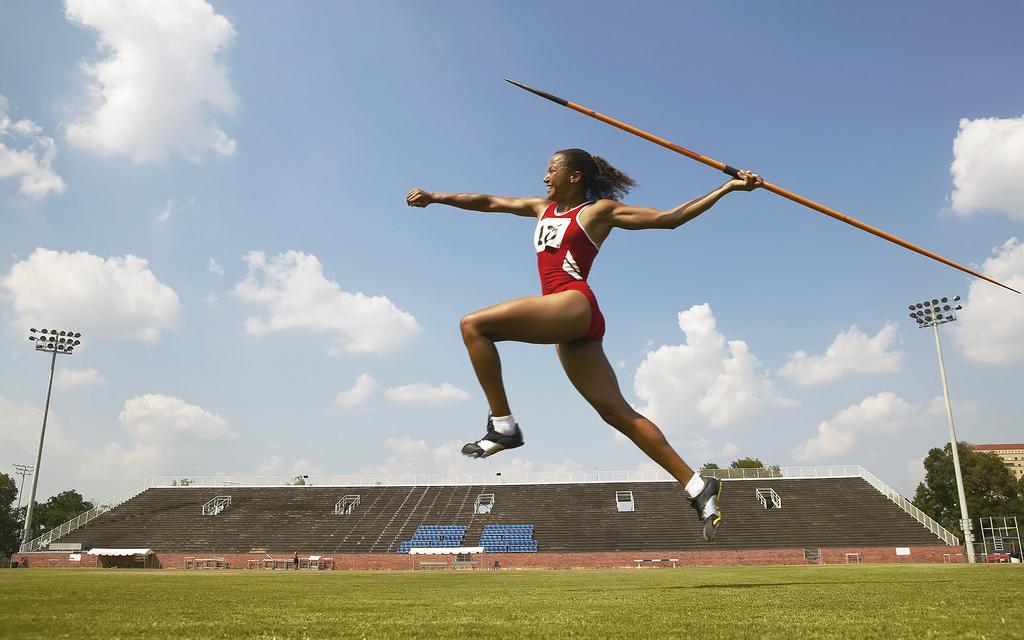The Journey of Javelin Throw: Tracing the evolution of a Timeless Sport
The javelin throw stands out as one of the most enthralling events in track and field, boasting a history that stretches back millennia. From its origins in ancient societies to its prominent role in today’s Olympic Games, this sport has transformed substantially. Initially utilized as a hunting implement, the javelin has evolved into a sophisticated athletic contest that emphasizes skill, accuracy, and sheer strength. This article explores the historical development of javelin throwing, examining its roots, advancements in techniques and equipment, and its meaning within modern athletics. Join us on this journey thru time to discover how this remarkable sport has shaped athletic history.
The evolution of Javelin Throw: From Ancient Times to Present Day
The history of javelin throwing can be traced back to ancient cultures where it served dual purposes as both an athletic event and an essential tool for hunting. In ancient Greece, competitors participated in the Pentathlon, which featured the javelin among its core disciplines. Early competitions prioritized precision over distance; athletes aimed at specific targets rather than focusing solely on how far they could throw. The materials used for making javelins varied across different civilizations—typically crafted from wood—reflecting local resources and practices. In Rome’s era, the sport took on new dimensions as weapons became symbols of authority and military prowess.
As time progressed into the late 19th century with the revival of the Olympics, javelin throwing began to formalize into a recognized sport with established rules governing competition standards. Innovations such as metal construction and aerodynamic designs have significantly improved performance capabilities over time. today’s athletes exhibit extraordinary skill and technique, competing under strict regulations that ensure fairness across events. The table below highlights key milestones regarding changes made to javelins throughout history:
| Year | specification Changes |
|---|---|
| 1920 | Standardization introduced for men’s weight and length specifications. |
| 1936 | Addition of women’s javelin event at olympic Games. |
| 1980 | Aerodynamic design modifications implemented. |
Standardized materials introduced for enhanced durability. |
Significant Developments in Javelin Techniques and Equipment Innovations
The advancement of techniques alongside equipment innovations has been crucial in shaping modern-day javelin throwing practices.Over recent decades, athletes have honed their skills through biomechanical studies combined with cutting-edge training methods. A notable shift from traditional grips towards contemporary overhead techniques allows competitors to generate greater momentum leading to longer throws while optimizing their run-up phase enhances speed—a vital component for achieving maximum distance during competitions.
The evolution doesn’t stop at technique; advancements in equipment have also played an integral role throughout this journey.The introduction of materials like fiberglassand carbon fiber** during late 20th century marked significant progress by providing better aerodynamics along with improved overall performance metrics compared against earlier models made primarily from wood or metal alone.Standardization efforts concerning weights/lengths further refined competitive standards within various categories today.The following table outlines key aspects related specifically towards modern designs:
| Material | Impact on Performance | ||
|---|---|---|---|
| < strong >Fiberglass< td >< | Increased adaptability & durability< td > tr > | ||
| < strong >Carbon Fiber< td >< | Superior weight-to-strength ratio< td > tr > | ||
| < strong >Aluminum< td >< | Cost-effective option suitable for training purposes.< td > tr > |
This ongoing evolution promises exciting prospects ahead regarding future innovations within both technique/equipment realms ensuring continued engagement among spectators/athletes alike!
Looking Ahead: Future Trends in Javaline Throwing at The Olympics
The future landscape surrounding Olympic-level javeline throwing is poised for transformation driven by technological advancements reshaping athlete planning/performance strategies.Field participants are increasingly utilizing data analytics alongside biomechanical assessments aimed toward optimizing each throw.Video feedback systems coupled withreal-time tracking technologies are becoming standard practice among elite competitors.Additionally,the rise wearable tech enables real-time monitoring physical conditions yielding insights enhancing training efficiency while minimizing injury risks associated high-impact sports activities!
This evolving competitive environment reflects growing diversity amongst participants emerging nations investing heavily coaching infrastructure resulting increased global depiction seen during olympic events.This shift not only elevates competition levels but introduces fresh styles/methodologies enriching overall experience!Sustainability initiatives will likely play pivotal roles moving forward emphasizing eco-friendly approaches manufacturing processes/event management.A glimpse into potential developments includes:
- < strong >Advanced Training techniques:< li />Utilizing virtual reality simulations immersively replicating actual throws.
- < strong>Sophisticated Equipment:< li />Javeline integrated sensors delivering precise metrics post-throw.
- < strong>Diverse Competitions:< li />Heightened participation rates from previously underrepresented regions.
- < strong>Enduring Practices:< li />Eco-conscious production methods adopted across industry sectors involved directly impacting environmental footprint!
-
Conclusion: Insights Into The Evolution Of Javeline Throwing As A Sport!
The transformation experienced by javeline throw—from primitive origins through contemporary olympic discipline—is indicative resilience/adaptability inherent within sporting culture itself.As explored herein,this event underwent ample changes influenced various factors including technical improvements/design alterations/training methodologies reflecting broader trends observed athletics/societal shifts governance/gender inclusivity/technological progressions.With dedicated athletes continually pushing boundaries human potential innovation awaits promisingly thrilling experiences ahead!As we anticipate upcoming olympics,javeline throw remains captivating audiences worldwide showcasing enduring spirit competition itself.For more comprehensive insights regarding fascinating evolution visit Olympics.com

